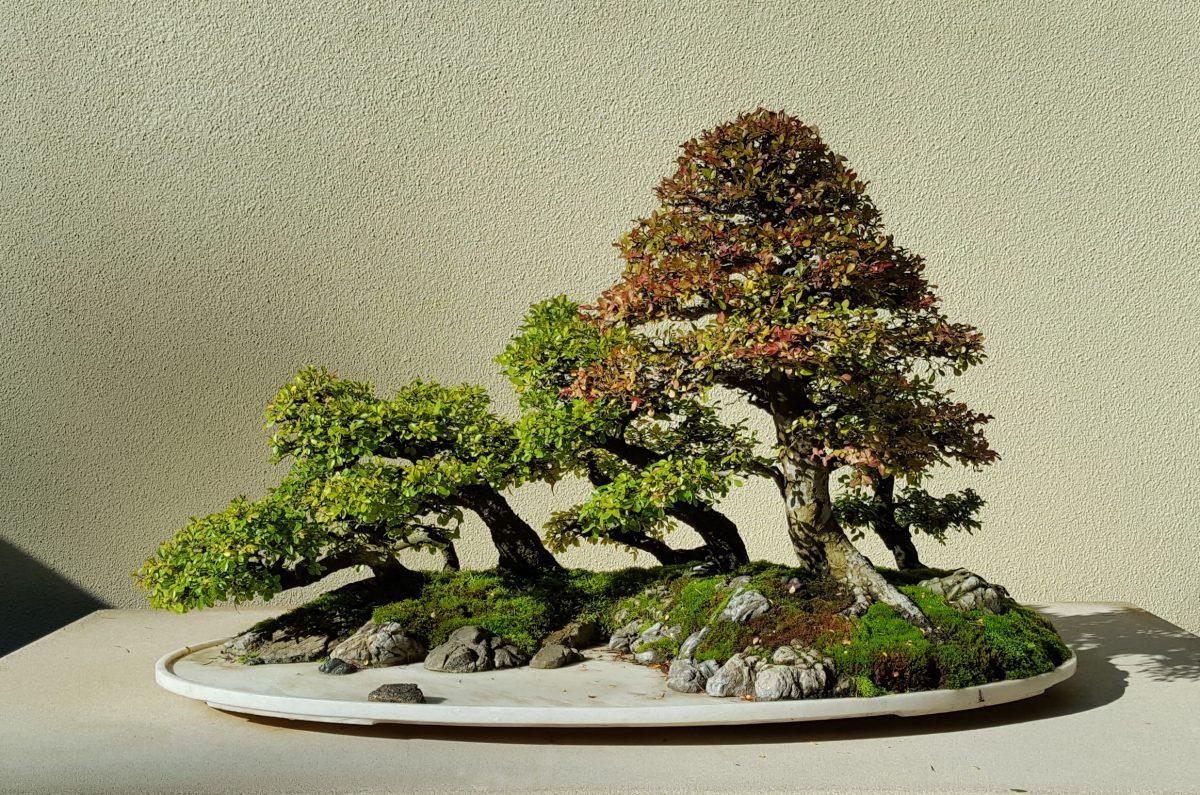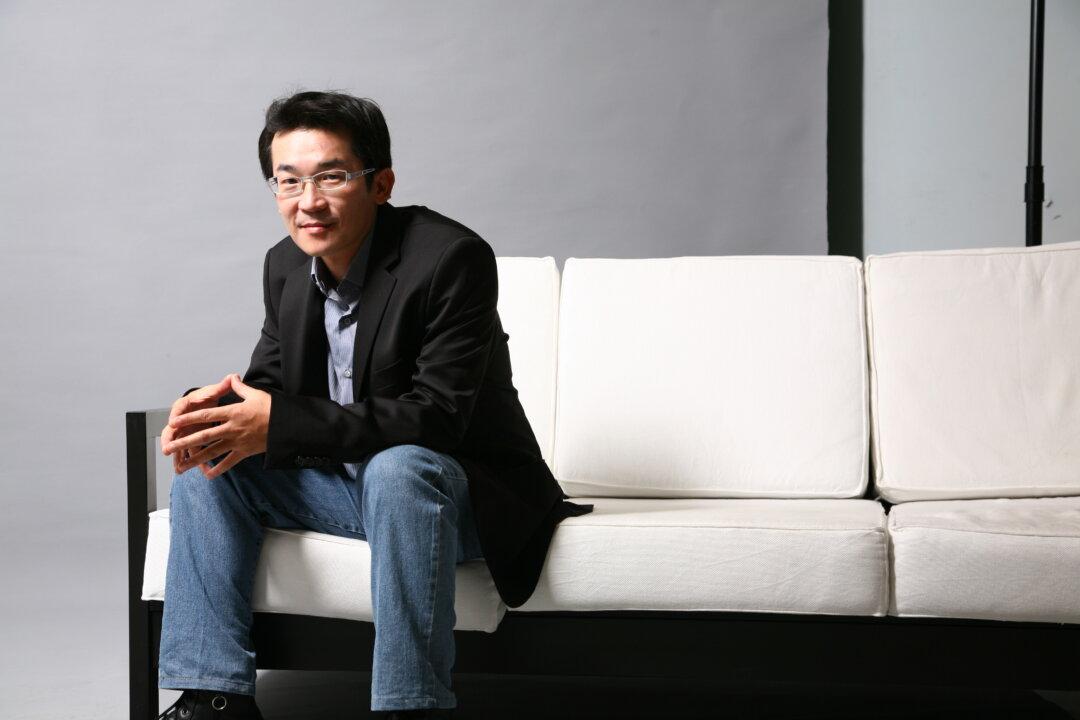Bonsai is distinct from other visual arts in that its creative medium—a tree—is alive. Unlike a painting or sculpture, which rarely changes after the artist applies the last brushstroke or chisels the last facet, a bonsai continues to grow and develop over its lifetime. Bonsai is a Japanese word, but the art of growing these trees originates in China, where it is called “penjing.”

Chinese Elm (Ulmus parvifolia) “penjing” created in the early 1980s by Qingquan Zhao. Courtesy of Pacific Bonsai Museum





